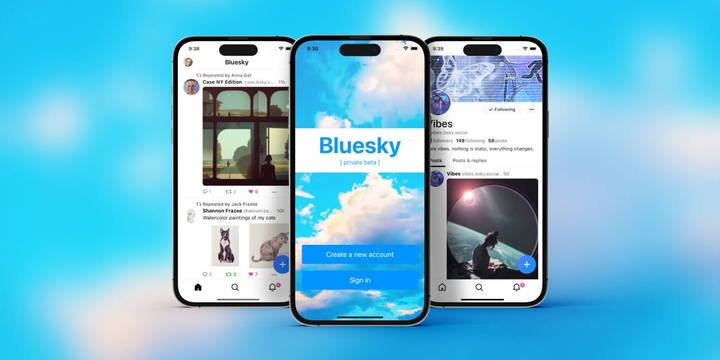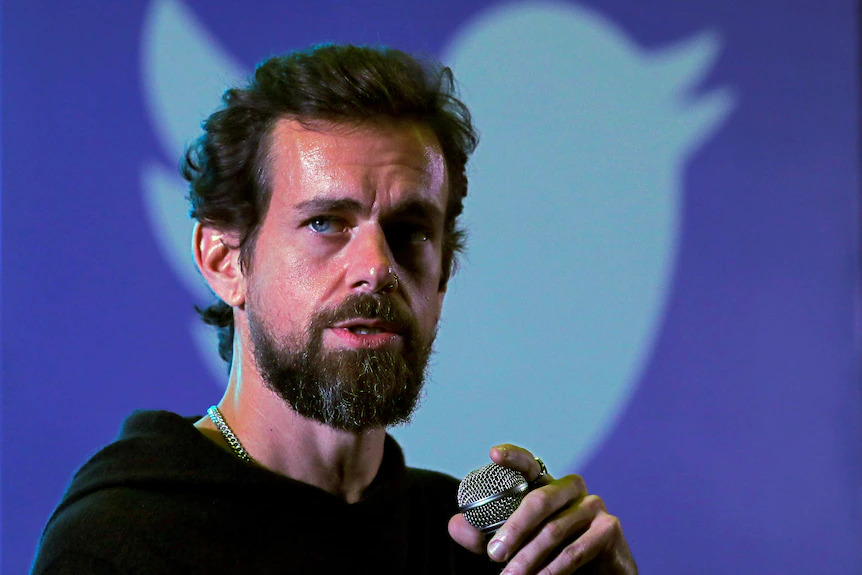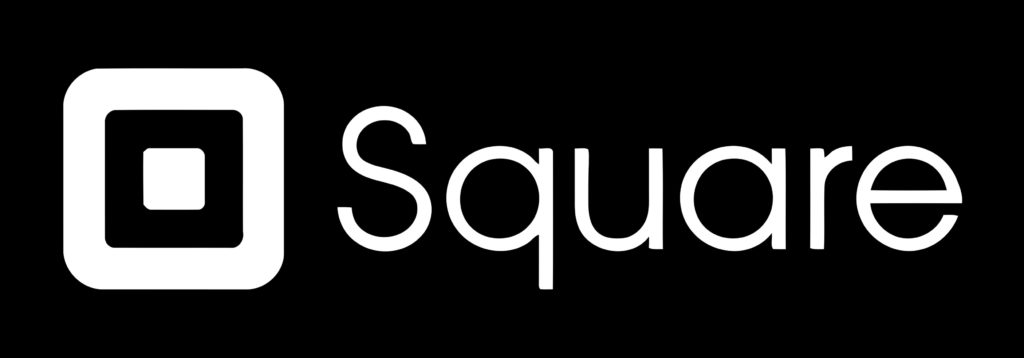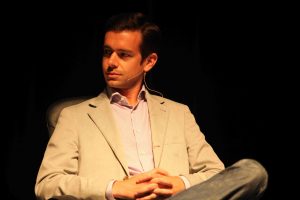Jack Dorsey’s New ‘Decentralized’ Twitter Hits the App Store
More beta testers are getting access to Bluesky, the Twitter substitute supported by Jack Dorsey, co-founder and CEO of Twitter. Even though the application is still only accessible via invite, its appearance on the App Store suggests that a public debut may be close.
Initially intended to be a “decentralized social network” and a Twitter extension, Bluesky eventually split off to create its own network.

Early in the previous year, the company made the announcement that it had become independent, writing on Twitter, “Both Twitter and Bluesky realized that our independence is important to the success of the project, which is why we established an independent company to ensure that we serve the broadest possible interests.”
Also Read: Twitter Cuts More Engineering, and Product Jobs to Curb Costs
Last year, Bluesky reported receiving $13 million to guarantee it had the autonomy and liberty to begin working on R&D. It also mentioned having Jack Dorsey on its board of directors. Furthermore, it stated that the funding provided by Twitter to Bluesky was “not subject to any conditions except one: that Bluesky was to research and develop technologies that enable open and decentralized public conversation.”
Authenticated Transfer Protocol, or AT, is Bluesky’s primary focus, and the Bluesky mobile app functions as a demonstration of the protocol in use. AT gives users the ability to build a federated, decentralized social network in a manner akin to the ActivityPub system that powers Mastodon.
The project has drawn some criticism, particularly from Mastodon and other devs who noted that ActivityPub, a suggested W3C standard, already drives a sizable and expanding “Fediverse” of connected servers. And since Musk bought Twitter, Mastodon, an open-source, decentralized alternative, has been growing in popularity among Twitter users who switched to the fediverse.
Users who want to participate can send their emails to be added to a waiting list and download the Beta app from the App Store, which is available only by invitation.
The interface of Bluesky, according to TechCrunch, is similar to that of Twitter with a few minor variations, such as asking “What’s up?” in the text box rather than “What’s happening,” but it simplifies it through the addition of a plus icon to add 256 characters with the feature to add pictures.
Moving to Bluesky might be seen as a hassle given the destruction of much more than a decade’s worth of tweets, recollections, and hot takes, leading users to wonder why they should do so. In 2021, during the Twitter ban imposed by then-president Donald Trump, Dorsey began pushing the concept of Bluesky. He challenged if the suspension was the best course of action.
Also Read: Uber’s Redesigned App Puts The Focus On Personalization
An open and free global internet can’t be eroded by these things, according to Dorsey, who also argued that the platform should examine how its service might encourage damage and diversion.
Dorsey stated that he thought Bluesky would separate from Twitter in a manner that would slow content moderation on larger platforms and lessen their influence over who is in charge of moderating that content.

I am a law graduate from NLU Lucknow. I have a flair for creative writing and hence in my free time work as a freelance content writer.








